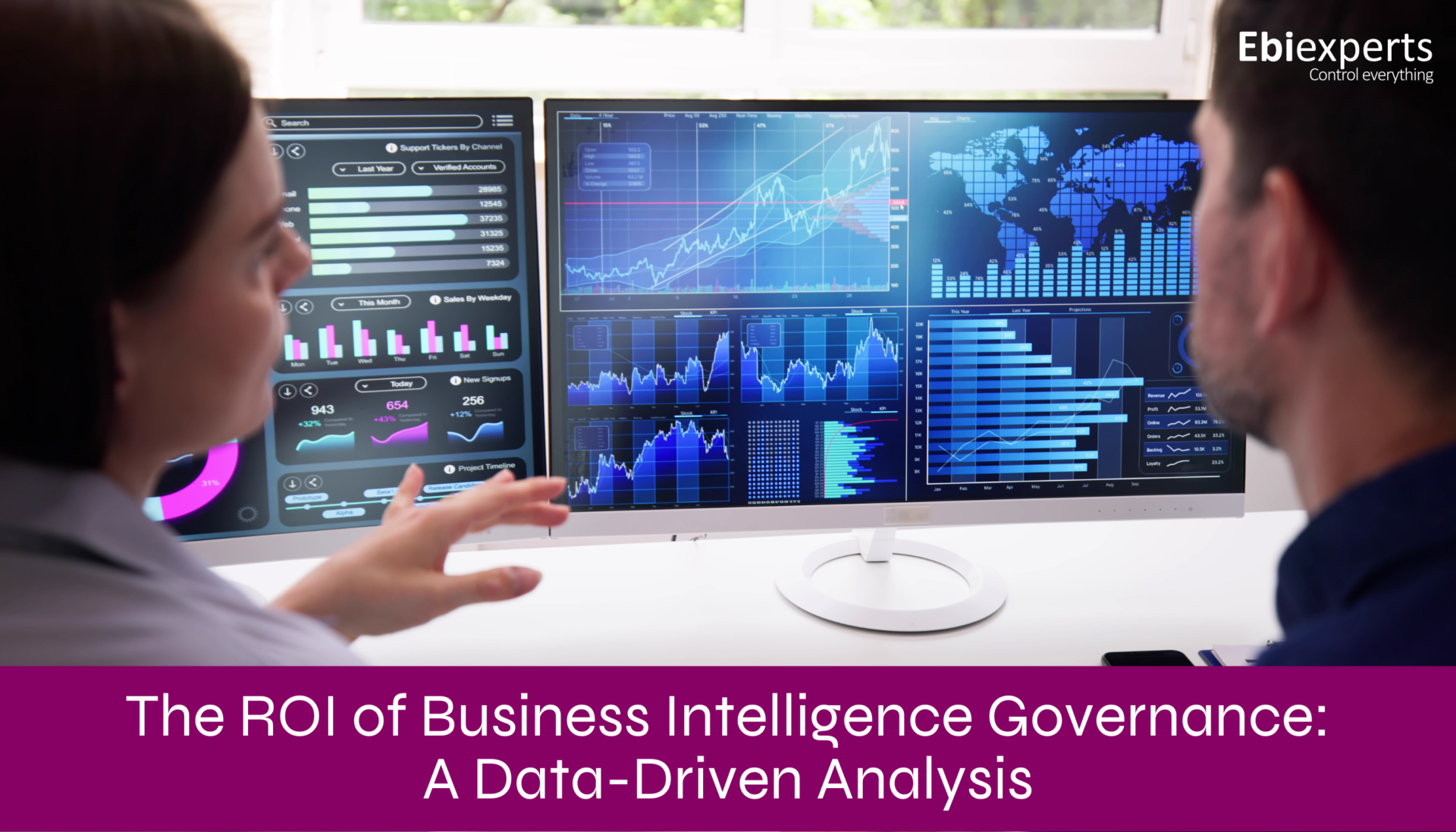Organizations implementing business intelligence (BI) solutions face a critical challenge: quantifying and maximizing the return on investment (ROI) of their BI governance initiatives. While many enterprises recognize the importance of BI governance, measuring its financial impact requires a structured approach backed by concrete metrics and proven methodologies.
Understanding BI Governance ROI Components
Business intelligence governance encompasses the policies, procedures, and frameworks that ensure data quality, security, and effective utilization across an organization. The ROI calculation must account for both direct financial benefits and indirect value creation:
Direct Financial Benefits
- Reduced data redundancy and storage costs
- Decreased time spent on report reconciliation
- Lower compliance-related penalties
- Minimized system maintenance expenses
- Optimized licensing costs
Indirect Value Creation
- Enhanced decision-making accuracy
- Improved data quality and reliability
- Increased user adoption rates
- Strengthened data security
- Better regulatory compliance
Calculating BI Governance ROI
The formula for measuring BI governance ROI involves several key components:
ROI = [(Total Benefits - Total Costs) / Total Costs] x 100
Cost Components
- Implementation costs
- Training and education expenses
- Software and infrastructure investments
- Ongoing maintenance fees
- Staff time allocation
Benefit Quantification
- Time savings from standardized reporting
- Error reduction in data analysis
- Productivity improvements
- Risk mitigation value
- Revenue growth from better decisions
- Collaboration and automation enhancements
Best Practices for Maximizing BI Governance ROI
1. Establish Clear Metrics
- Define specific KPIs for governance success
- Track user adoption rates
- Measure data quality improvements
- Monitor compliance adherence
- Document time savings
2. Implement Phased Deployment
- Start with high-impact areas
- Gradually expand governance framework
- Build upon early successes
- Adjust strategies based on feedback
- Scale proven approaches
3. Focus on User Adoption
- Provide comprehensive training
- Create user-friendly documentation
- Establish support mechanisms
- Gather regular feedback
- Address pain points promptly
Real-World ROI Examples
Manufacturing Sector
A global manufacturing company implemented BI governance and achieved:
- 45% reduction in reporting errors
- $2.3M annual savings in data management costs
- 30% improvement in decision-making speed
Financial Services
A mid-sized bank's BI governance program resulted in:
- 60% decrease in compliance-related issues
- $1.5M savings from eliminated redundant systems
- 25% increase in analyst productivity
Measuring Long-term Value
Sustainability Metrics
- User satisfaction scores
- Data quality indices
- Governance adherence rates
- Process efficiency gains
- Cost reduction trends
Performance Indicators
- Time-to-insight measurements
- Data accuracy rates
- System utilization metrics
- Compliance success rates
- User adoption statistics
Common Challenges and Solutions
Challenge 1: Initial Investment Justification
Solution: Focus on quick wins and pilot programs demonstrating immediate value
Challenge 2: User Resistance
Solution: Implement change management strategies and highlight personal benefits
Challenge 3: Complex Implementation
Solution: Break down initiatives into manageable phases with clear milestones
Future-Proofing BI Governance ROI
Emerging Trends
- AI-powered governance tools
- Automated compliance monitoring
- Real-time ROI tracking
- Predictive analytics integration
- Cloud-based governance solutions
Strategic Considerations
- Scalability requirements
- Technology evolution
- Regulatory changes
- Market dynamics
- Organizational growth
Frequently Asked Questions
Q: How quickly can organizations expect to see ROI from BI governance?
A: Typically, initial ROI becomes visible within 1-3 months, with full benefits realized within 6-12 months.
Q: What are the most important metrics for tracking BI governance success?
A: Key metrics include data quality scores, user adoption rates, time savings, and compliance adherence levels.
Q: How does BI governance impact overall business performance?
A: Effective governance leads to better decision-making, reduced risks, and improved operational efficiency.
Conclusion
Business intelligence governance ROI extends beyond simple financial calculations. Organizations must consider both quantitative and qualitative benefits while implementing structured measurement frameworks. By following best practices and maintaining focus on user adoption, enterprises can maximize their return on BI governance investments while building a foundation for sustainable data-driven decision-making.



